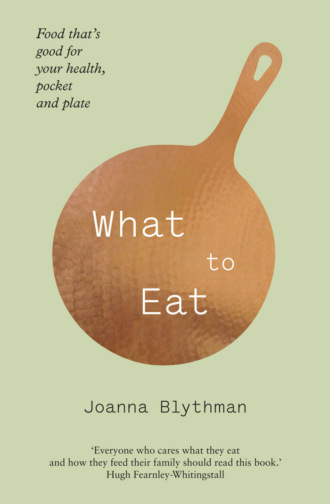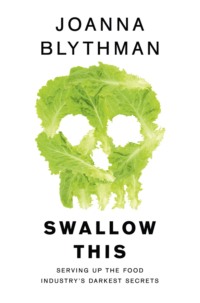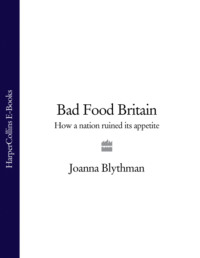What to Eat: Food that’s good for your health, pocket and plate

Полная версия
What to Eat: Food that’s good for your health, pocket and plate
Язык: Английский
Год издания: 2019
Добавлена:
Настройки чтения
Размер шрифта
Высота строк
Поля
Конец ознакомительного фрагмента
Купить и скачать всю книгу





